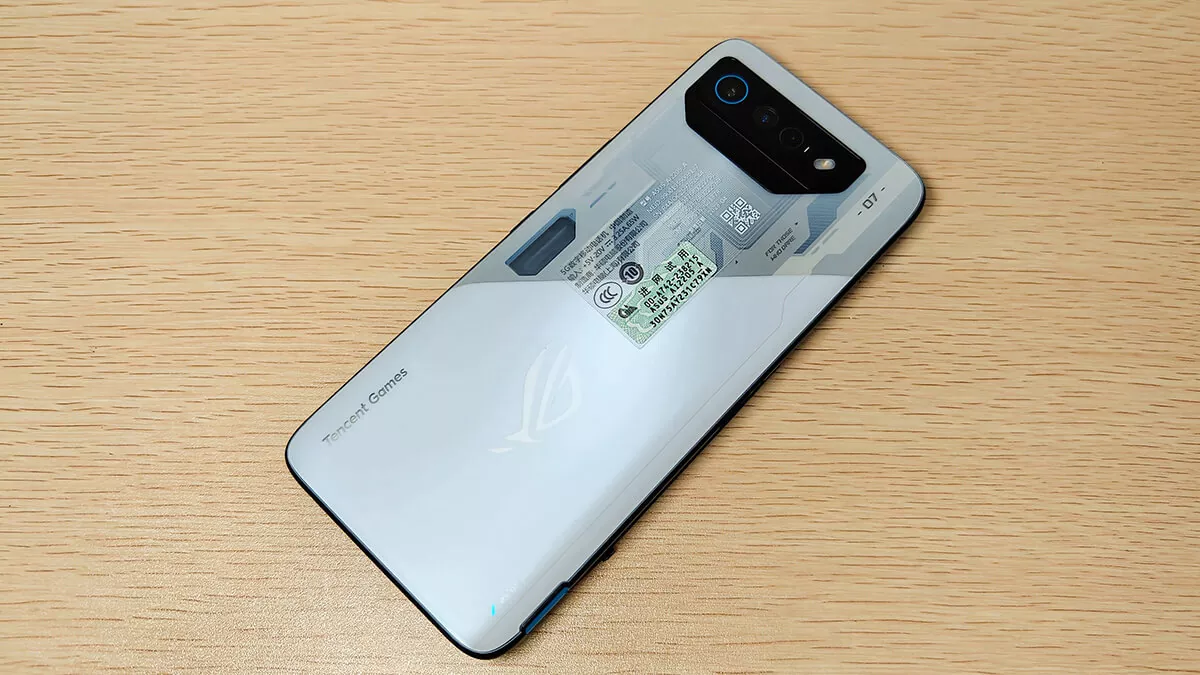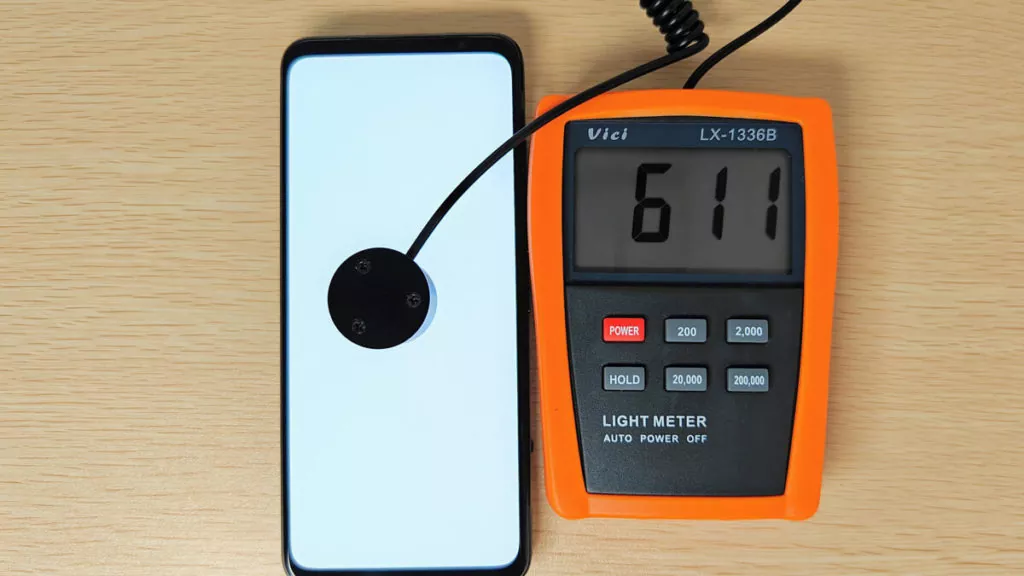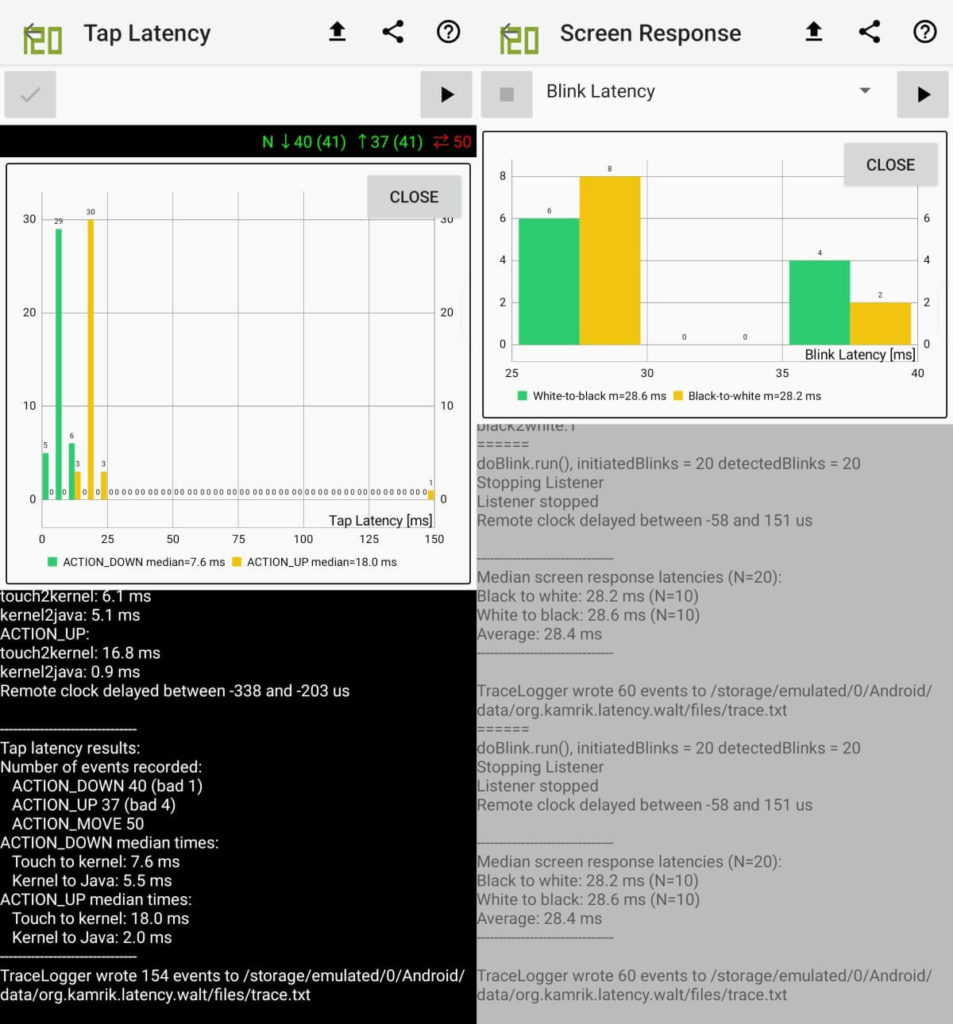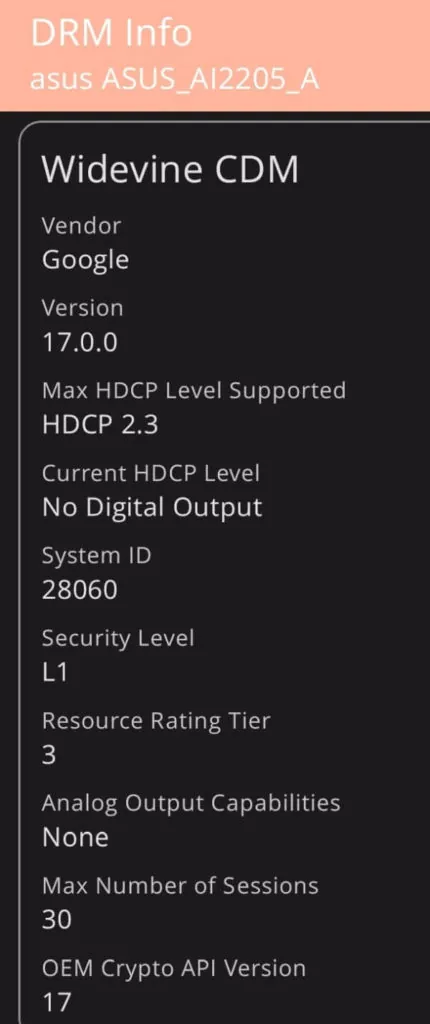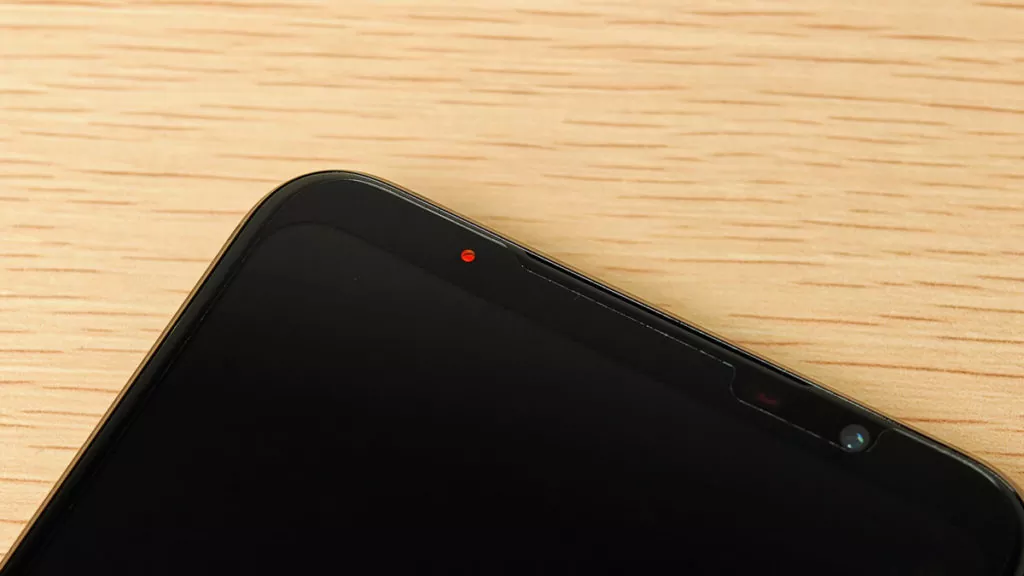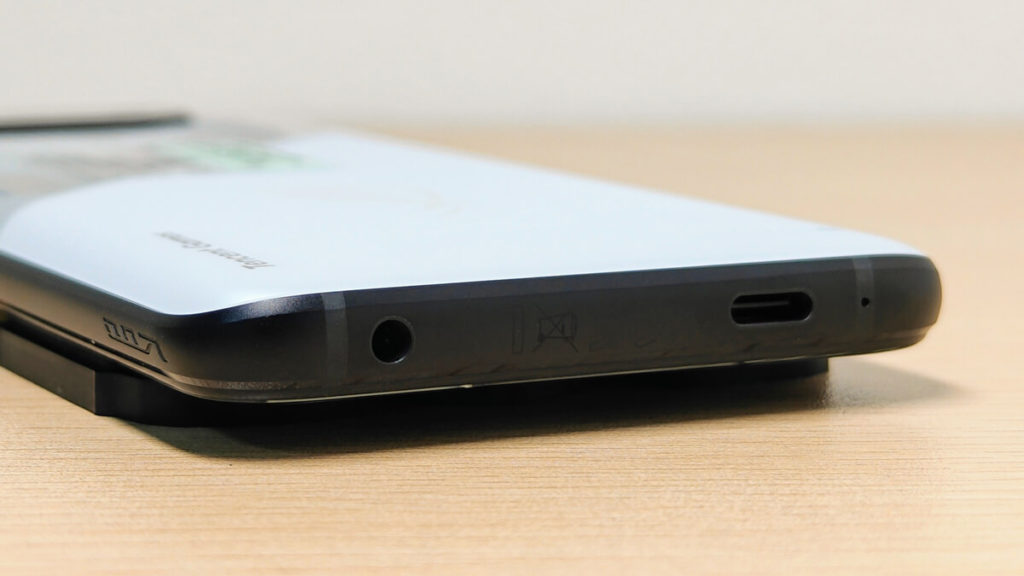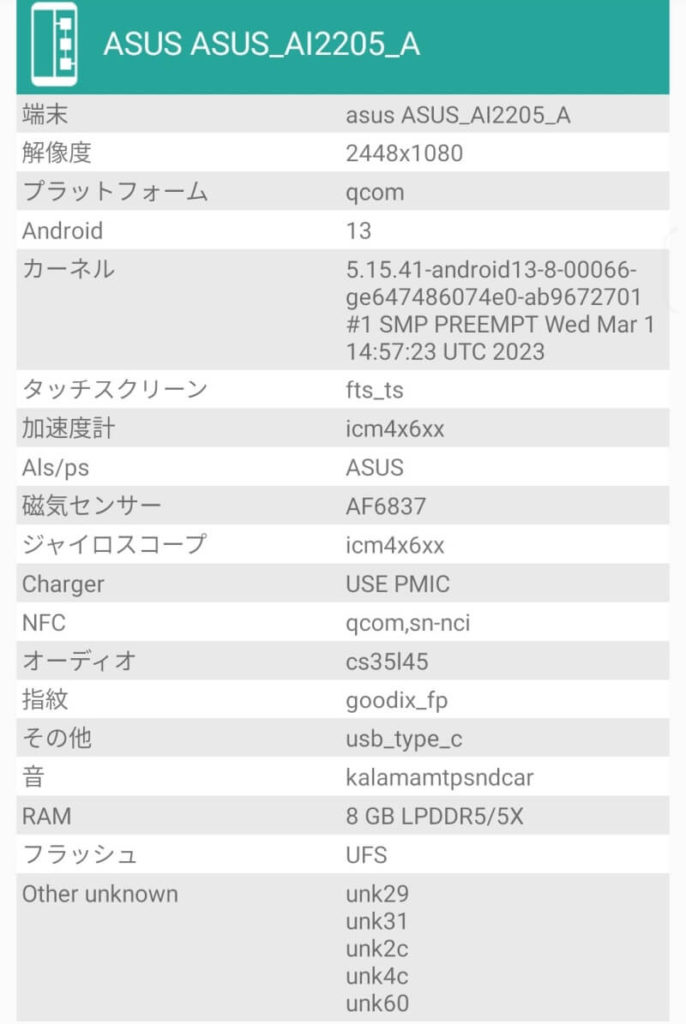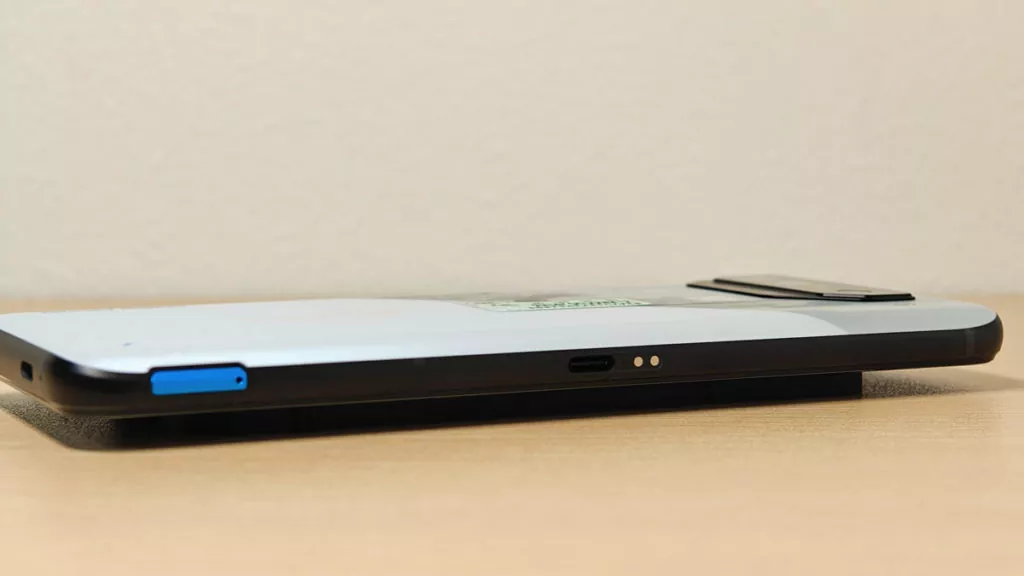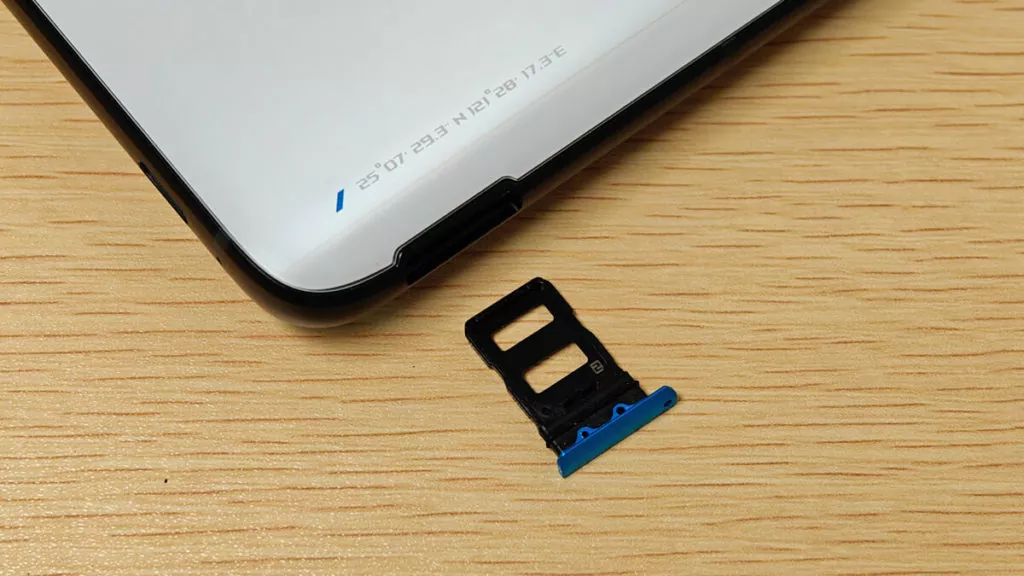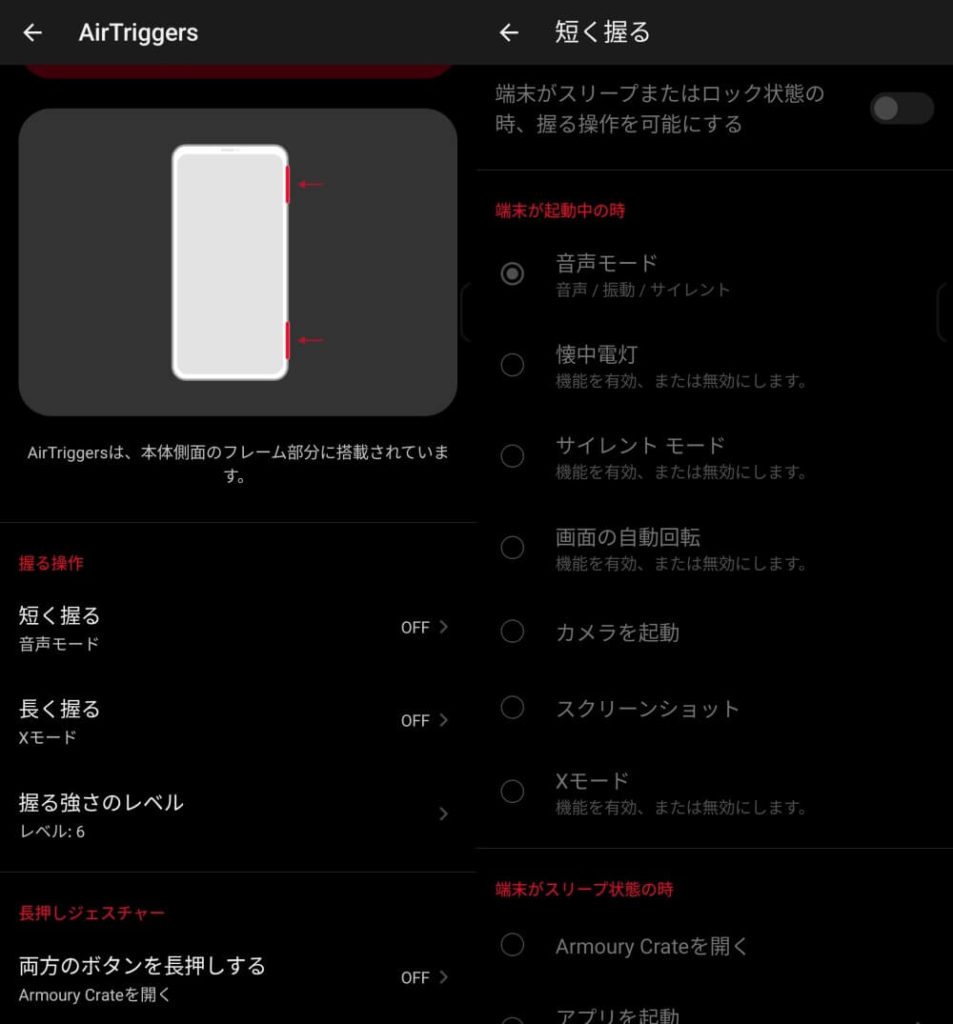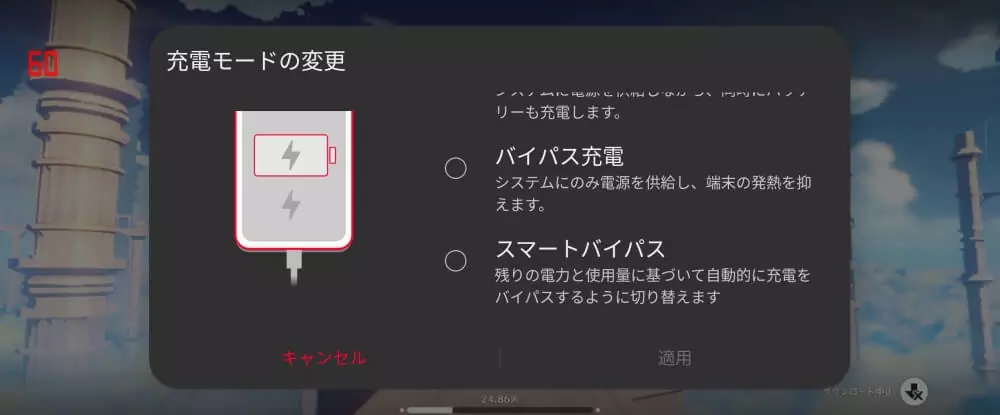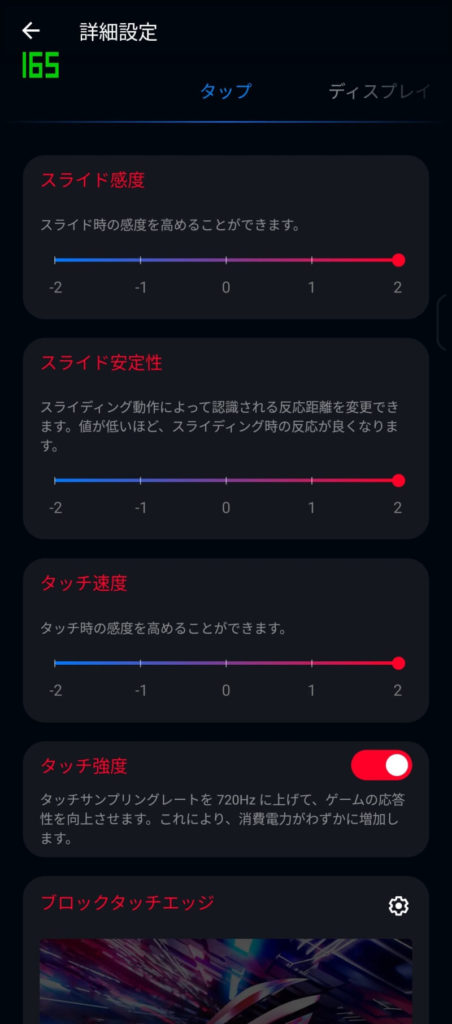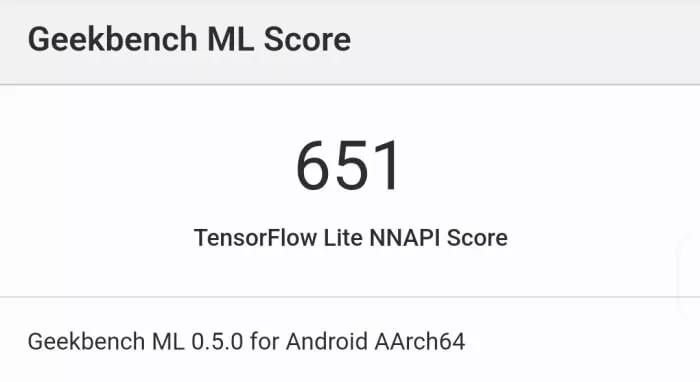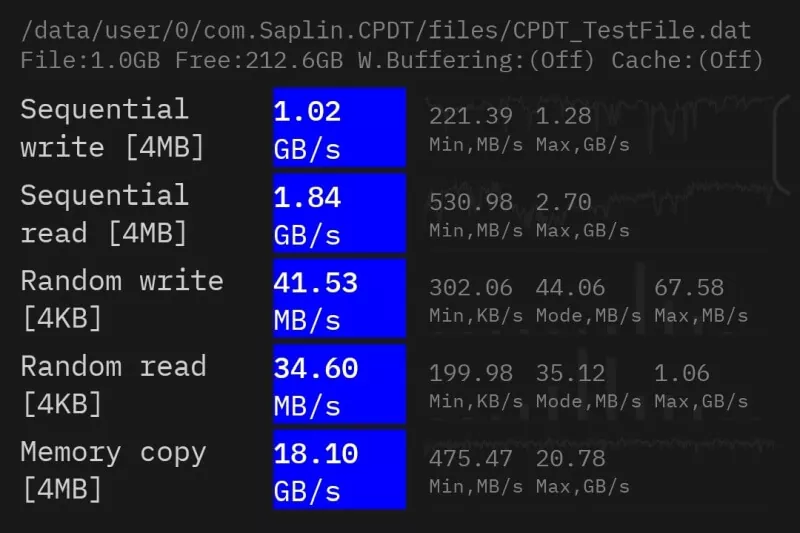I received ASUS ROG Phone 7.
Solid updated version
The ROG Phone 7 is a gaming smartphone with Snapdragon 8 Gen 2.
While the general design and specifications have not changed from the ROG Phone 6, the performance has been raised by enhancing the SoC, memory, storage, and other components.
While many manufacturers are satisfied with simply adopting the latest standards, the ROG Phone 7 uses high-quality memory and storage with high read and write speeds.
It has all the features you need for gaming, including bypass charging that puts less strain on the battery, front stereo speakers with stronger bass, an earphone jack, and a side USB Type-C port.
This review is based on the 8GB+256GB version, CN_AI2205_33.0820.0810.121.
- Snapdragon 8 Gen 2 for high performance and power savings
- 6,000mAh battery with bypass charging
- Side USB 3.2 Gen 1 port & USB Type-C port
- Front stereo speakers with strong bass
- 3.5mm earphone jack available
- Reasonable considering specs, but heavy
- Touch latency increased from ROG Phone 6 (bug?)
| ROG Phone 7 (ASUS_AI2205_A) | |
|---|---|
| OS | Android 13 |
| RAM | 8GB / 12GB / 16GB LPDDR5X |
| Storage | 256GB / 512GB UFS 4.0 |
| SoC | Snapdragon 8 Gen 2 |
| Display | 6.78inch FHD+ 2448 x 1080 Aspect ratio 20.4:9 165Hz AMOLED |
| Size | 173×77×10.4mm |
| Weight | 239g |
| SIM | nano SIM + nano SIM |
| Rear Camera | 50MP (Sony IMX766) + 13MP (Ultra-wide OmniVision OV13B) + 5MP (Macro Samsung S5K5E9YX04) |
| Front Camera | 32MP (OmniVision OV32C) |
| Battery | 6,000mAh |
| USB Port | USB Type-C (USB 3.2 Gen1) x1 USB Type-C (USB 2.0) x1 |
| Bands | SA: N1/N3/N5/N8/N28a SA & NSA: N41/N77/N78/N79 FDD-LTE band: 1(2100), 2(1900), 3(1800), 4(1700/2100), 5(850), 7(2600), 8(900),18(800),19(800),26(850), B28a(700) TD-LTE Bands: 34(2000), 38(2600), 39(1900), 40(2300), 41(2500), 42(3500), 48(3600) CDMA Bands: Support (BC0 800MHz) (No support CDMA2000 EVDO) WCDMA Bands: HSDPA 800 (19)/ 900(8)/ 850(5/6) / 1700(4) / 1900(2) / 2100(1) EDGE/GPRS/GSM (850, 900, 1800, 1900 MHz) |
Index
Instructions, protective case, charging cable and charger are included.
Protective film is attached from the beginning.
Easy-to-see outdoor display
The ROG Phone 7 has a 6.78″ FHD+ 2448 x 1080 resolution display.
The top and bottom bezels are thicker to accommodate front stereo speakers.
It is Samsung AMOLED and the array is diamond pixels.
When measuring brightness with the LX-1336B during all-white HDR video playback with automatic brightness adjustment on, we reached a maximum of 611 nits.
Outdoors, we were able to confirm that the high brightness mode is triggered even further, reaching 990 nits.
It is easy to see outdoors during the day.
Refresh rates of up to 165 Hz are supported, with 144 Hz, 120 Hz, and 90 Hz also available.
The total touch latency measured by WALT Latency Timer at 165Hz refresh rate and 720Hz touch sampling rate setting was 39.5ms.
For some reason, the screen rendering latency was large, and the result was worse than that of ROG Phone 6.
When the CPU clock was fixed to the maximum value, the screen drawing latency improved to about 18ms, so the tuning around the CPU may be incomplete in this version.
The total touch latency measured at 120Hz refresh rate and 720Hz touch sampling rate setting was 41.5ms.
Widevine L1 allows streaming in HD quality on Amazon Prime Video (beta) and others.
It is equipped with an in-screen fingerprint sensor and authentication is highly accurate.
A fingerprint recognition icon can be displayed by tapping or lifting the screen during sleep mode.
There is a notification LED in the upper left corner of the display.
Although it has recently been eliminated for the sake of narrower bezels, the notification LED makes it easy to check for notifications without using AOD.
Glowing back
The ROG Phone 7’s rear logo has an LED that glows in a variety of colors.
The back is smooth and fingerprint resistant.
The protrusion of the camera is minimal.
Hand-held photos are stored here.
The 2x zoom is surprisingly beautiful.
The maximum 8x zoom is possible, but it is subtle, as the details are destroyed and the photo has a strong digital zoom feel.
This is a gaming smartphone, and the minimum image quality is probably sufficient.
Equipped with 3.5mm earphone jack
The ROG Phone 7 also has a 3.5mm earphone jack, which is often not included in recent high-end models.
While equipped with an earphone jack, the ROG Phone 7 is IP54 waterproof and dustproof, so a little water damage is not a problem.
The audio output delay was 34.2ms when measured with the WALT Latency Timer.
This is a little high latency for a gaming smartphone.
It is equipped with a Cirrus Logic CS35L45 amplifier.
The front stereo speakers have strong bass, and bass strings can be heard clearly and powerfully.
Vocals seem to come from a little further back, and treble is clear but subdued.
The upper part has only a microphone hole.
USB Type-C port on the side as well
The left side of the ROG Phone 7 has a USB Type-C port in the center.
It supports USB 3.2 Gen1 for video output and allows charging without disturbing the hands while gaming in landscape mode.
Incidentally, the side port is treated as the main port and must be connected via the side port when using fastboot commands, for example.
The blue area is the SIM tray, which holds two nano SIMs.
You can use VoLTE on some carriers by dialing *#*#3642623344#*#** on the phone app.
There is also a call recording feature.
The power and volume buttons are located on the right side.
On the left and right sides are AirTrigger, which are touch keys, allowing actions to be taken without touching the screen.
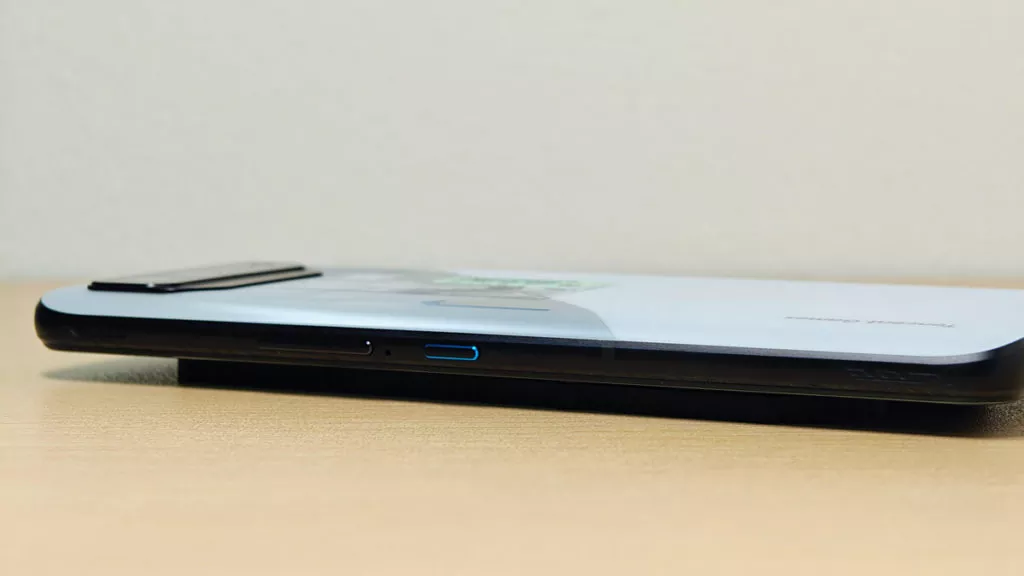 Actions such as camera activation and silent mode switching can be set outside of games.
Actions such as camera activation and silent mode switching can be set outside of games.
Bypass charging reduces battery load
The ROG Phone 7’s game mode has a number of features that make gameplay more comfortable, including macros and side-trigger AirTriggers.
Among them is “Bypass Charging”, a feature that allows power to be supplied without charging the battery, which is useful at an essential level for those who play games for long periods of time.
Charging the battery during game play does not charge the battery, thus reducing heat generation.
Reducing heat generation reduces the load on the battery and prevents temperature control from gumming up the game.
There is also a “Smart bypass” that switches automatically depending on the remaining battery charge.
In addition to X Mode, which is a performance mode, you can fine-tune the game mode yourself.
In Game Tuning Lv 3, it is recommended to install a phone cooler.
You can also adjust the touch sampling rate to 720Hz, slide sensitivity, etc.
By the way, if you are rooted
echo 1 > /sys/devices/platform/soc/ac0000.qcom,qupv3_1_geni_se/a90000.i2c/i2c-2/2-0038/fts_game_mode
echo "2" > /sys/bus/i2c/devices/i2c-2/2-0038/rise_report_rate
echo "003.003.003" > /sys/devices/platform/soc/ac0000.qcom,qupv3_1_geni_se/a90000.i2c/i2c-2/2-0038/game_settings
above commands can be used to set the game mode, 720Hz touch sampling rate, slide sensitivity, etc. It also works with GSI.
Graphics can also be adjusted, such as MSAA and texture filtering quality.
High performance
The ROG Phone 7 is equipped with a Snapdragon 8 Gen 2, which, coupled with a powerful cooling mechanism, maintains high performance for a long time.
X Mode is automatically turned on when it recognizes a benchmark application, but since the benchmark’s terms of use state that “benchmark applications must not be identified and given special treatment,” I turn it off and measure the performance to be fair.
In Geekbench 6, the package name disguised version (i.e., not affected by the manufacturer’s illegal boost) had a single-core of 1846 and a multi-core of 5236, while the normal version had a single-core of 1841 and a multi-core of 5261.
There was no significant change, and it seems that performance is not controlled by package name judging except in X Mode.
AI performance measured in Geekbench ML with TensorFlow Lite/NNAPI was score 651.
The Wild Life Extreme Stress Test in 3DMark with disguised package name showed a score of 3719 to 2408, with a temperature increase from 26°C to 39°C (13°C increase) and a battery consumption of 9%.
The stability is a bit lower than other 8 Gen 2 phones, as it seems to be adjusted to suppress heat and battery consumption more strongly when X Mode is off. This is better than the OPPO Find X6 Pro, which has 45% stability, though.
PCMark Work 3.0 (package name disguised), which measures performance in everyday use such as document manipulation, scored 16513.
It has UFS 4.0 storage and LPDDR5X memory.
This is one of the fastest Snapdragon 8 Gen 2 phones, and all of them are top class.
Other smartphones are often only partially fast, and the fact that all of them are consistently fast is as good as you can expect from a smartphone that calls itself a gaming smartphone.
Playing Genshin in X Mode, highest quality, 60 FPS setting, and Sumeru, and measuring with WeTest PerfDog, the average power consumption was 60.8 FPS at 90.48 mW per FPS.
In addition to the high FPS, the experience was smooth play with little “junk”. There was a momentary drop to 40 FPS in the middle of the game, but other than that, it was almost always 60 FPS.
Battery temperature was up to about 38℃.
Conclusion
- Snapdragon 8 Gen 2 for high performance and power savings
- 6,000mAh battery with bypass charging
- Side USB 3.2 Gen 1 port & USB Type-C port
- Front stereo speakers with strong bass
- 3.5mm earphone jack available
- Reasonable considering specs, but heavy
- Touch latency increased from ROG Phone 6 (bug?)
It has evolved in order from the ROG Phone 6, and thanks to the Snapdragon 8 Gen 2, it can run heavyweight games with ease.
It has bypass charging, AirTrigger, and a side USB Type-C port for comfortable game play, and the speakers are front stereo with strong bass for powerful sound.
The increased touch latency over the ROG Phone 6 is a concern, but will probably be improved in a future update.
